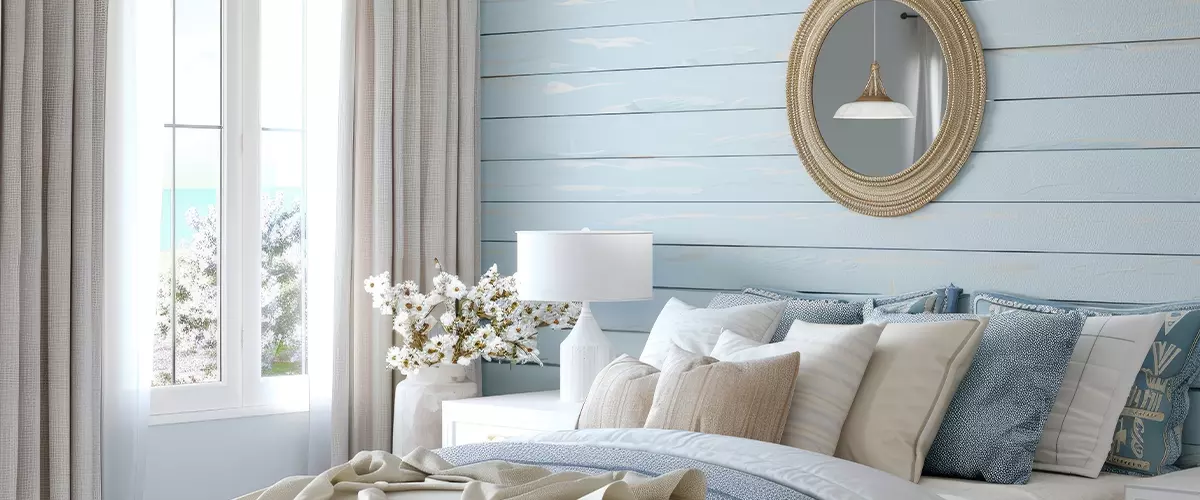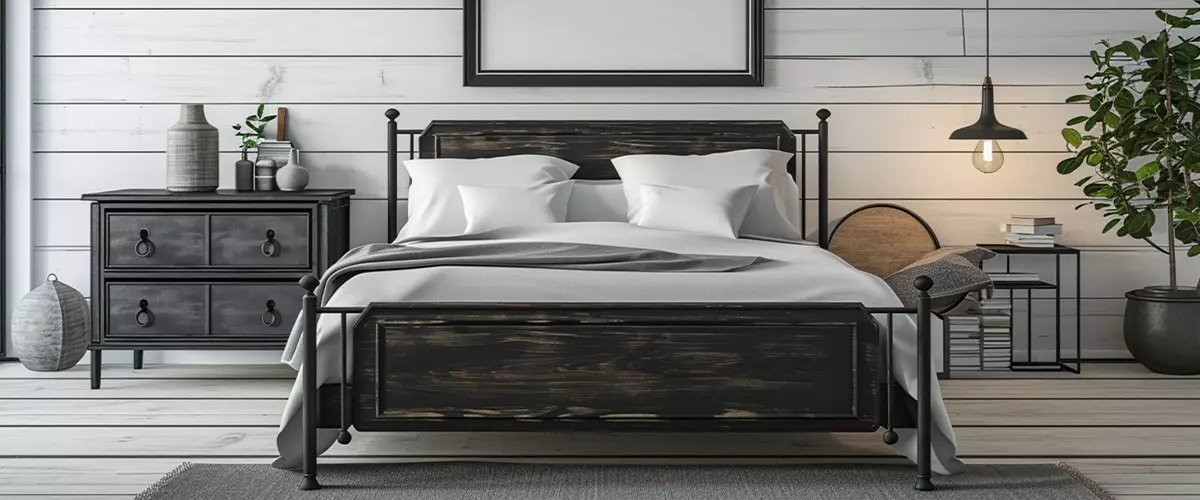Shiplap vs. Beadboard: What's the Difference?
If you’ve tuned into any home makeover shows, you’ve likely come across terms like shiplap and beadboard. But what exactly are these stylish wall treatments, and how do you decide which one is right for your home? Let’s explore their differences and benefits to help you make an informed choice.

What is Shiplap?
What is Beadboard?

Why Choose Shiplap?
Shiplap is super popular for a reason. Here are some of the perks:
- Easy Installation: You can install shiplap yourself if you’re feeling handy. The boards fit together nicely, making it a great DIY project.
- Versatile Look: Whether you’re going for a modern farmhouse or a beachy retreat, shiplap works in almost any room.
- Rustic Charm: The gaps between the boards add texture and depth to your walls, giving your space a warm, inviting feel.
Why Choose Beadboard?
Beadboard has its own set of awesome benefits:
- Timeless Appeal: Beadboard has been around for ages and never goes out of style. It’s perfect for a classic, elegant look.
- Texture and Detail: The vertical lines and beads add a lot of visual interest, making your walls look more dynamic.
- Great for Small Spaces: Because of its vertical lines, beadboard can make rooms appear taller and more spacious.

Maintenance and Durability
Both shiplap and beadboard are pretty durable, but there are a few things to keep in mind:
- Shiplap: Needs to be properly sealed, especially in moisture-prone areas like bathrooms. Regular dusting and occasional cleaning will keep it looking fresh.
- Beadboard: Also needs sealing in wet areas. The grooves can collect dust, so you’ll need to clean it regularly to keep it looking its best.
Style and Design Tips
Combining Shiplap and Beadboard: Don’t feel like you have to choose one over the other! You can use shiplap in main living areas for that rustic charm, and beadboard in smaller, intimate spaces like bathrooms or hallways to add a touch of elegance.
Color Choices: Both shiplap and beadboard look fantastic painted. For a classic look, go with white or light pastel colors. For a more modern twist, bold colors like navy blue or deep green can make a striking statement.
Accent Walls: Use shiplap or beadboard to create an accent wall that stands out. Behind a bed, in a dining room, or as a fireplace surround, these materials can add a lot of character to your home.
| Feature | Shiplap | Beadboard |
|---|---|---|
| Aesthetic |
Pro: Offers a rustic, farmhouse charm Pro: Creates clean, horizontal lines Con: May not suit all decor styles |
Pro: Provides a classic, cottage feel Pro: Adds texture with vertical lines and beads Con: Can appear too traditional for some modern styles |
| Installation |
Pro: Easy to install for DIY projects Con: Requires precise alignment to maintain look |
Con: More challenging to install due to detailed grooves |
| Versatility | Pro: Works in almost any room |
Pro: Ideal for bathrooms, kitchens, and ceilings Con: Limited to smaller or more intimate spaces |
| Maintenance |
Con: Needs proper sealing in moisture-prone areas Pro: Easy to dust and clean occasionally |
Con: Grooves can collect dust, requiring regular cleaning |
| Durability |
Pro: Durable when properly sealed and maintained Con: Susceptible to moisture damage without sealing |
Pro: Durable but needs regular maintenance Con: Susceptible to moisture damage without sealing |
| Cost |
Pro: Generally cost-effective Con: Costs can vary based on wood type and area covered |
Con: Can be slightly more expensive due to detailed design |
| Space Enhancement |
Pro: Adds depth and texture to walls Con: Horizontal lines may not enhance small spaces |
Pro: Vertical lines can make rooms appear taller |
FAQ - Shiplap vs. Beadboard
Contact Gigi's Homes & Construction Today!
Ready to transform your home with the timeless charm of shiplap or the classic elegance of beadboard? At Gigi’s Homes & Construction, we specialize in bringing your design dreams to life.
Whether you’re renovating a single room or your entire home, our expert team is here to guide you through every step of the process.
